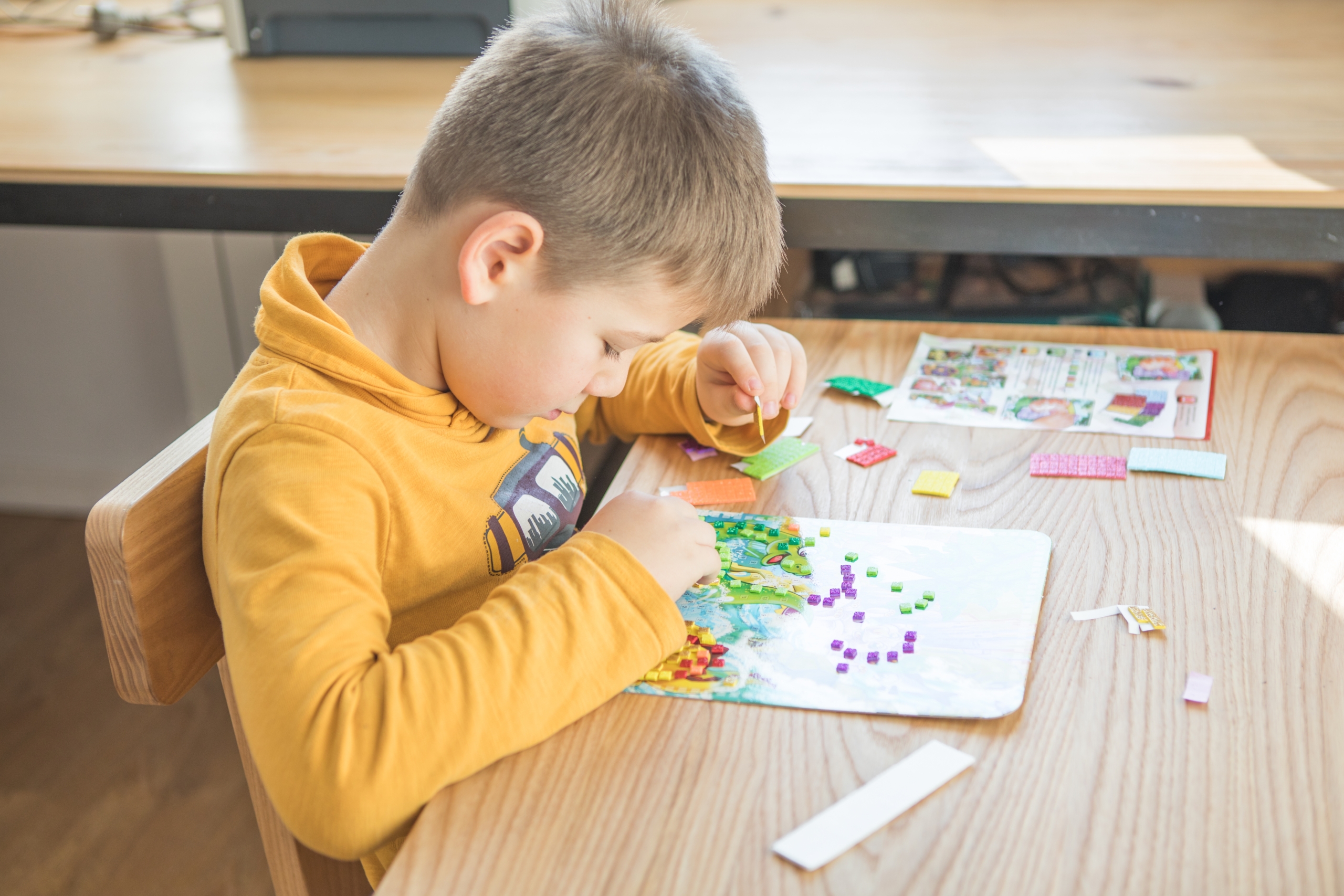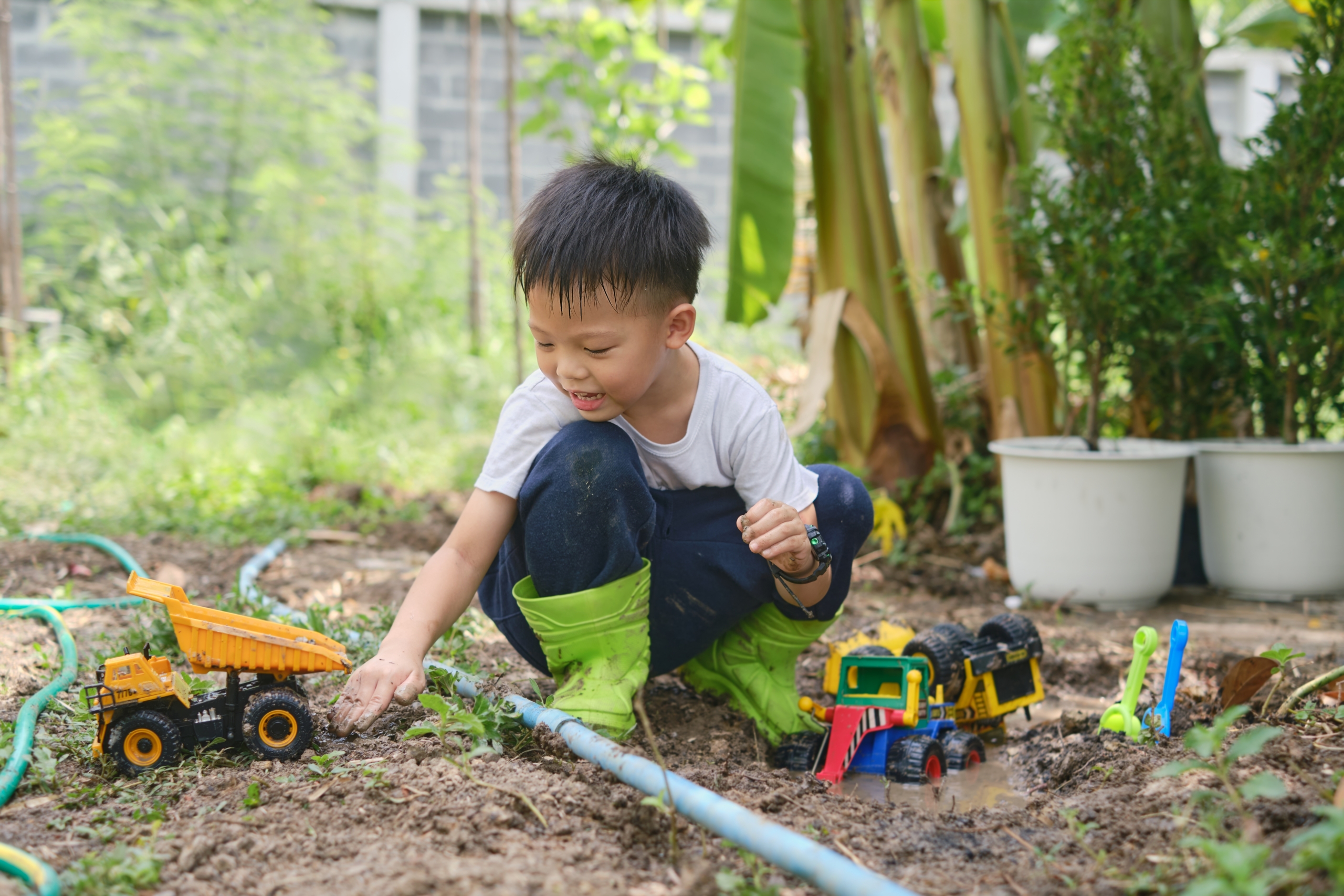Try these suggestions for how to integrate play into a variety of household tasks.
In general, our play programme dives deep into the theory and practice of how play is vital for young people and adults alike. But we know how it is… sometimes you don’t want that. Sometimes you’re just tired and need some inspiration for how to have a bit of fun right now, or how to entertain the kids for ten minutes during boring household chores. With that in mind here’s a bunch of mini-ideas for how to make each day a little more playful.
Running errands/Walking
Piggybacks – If you’re helping tired/reluctant young walkers get about you can use piggybacks to both speed them up and inject a little fun into it – try getting children to shout instructions or point where you’re going while they’re up there, as they love it when they get to be the boss.
The car colour game – if you’ve got a boring drive or walk somewhere that has to be undertaken with a child or children then it can be fun to see if somebody can spy a certain colour of car or van. Start simple with grey or white… You’ll be surprised how few purple cars you see! You can also look for certain numbers or letters on the cars’ number plates (top tip – there’s no letter Q or I in numberplates… Use this information as you see fit!). One parent we spoke to calls this game “mini cheddar”, with a yellow car giving you one point, a mini giving you two, and a yellow mini representing an instant win!
The A-Z game – This is another game that’ great for long walks or drives. Take pretty much any topic and see if you can create an A-Z of it – superheroes, biscuits, pop stars, boys and girls’ names… you can tailor it to your children’s desires and interests. Just be aware that this game can bleed into your everyday life, and you may find yourself getting excited days later because you’ve remembered viscount biscuits exist!
The instructions game – it can be fun for children to try and follow the instructions you set on your journey, such as walk, run, crab (run sideways), jump, hop and freeze. If you dare you could even let your children tell you what to do!
Shopping
The bag packing game – This is a particularly good game for people taking multiple children shopping. After you’ve bought your items, they can sit with a bag each and sort the items you pass them into soft/hard or light/heavy items and place them in their different bags. It’s also a good way to avoid squashed bread and bruised fruit!
A taste of freedom – Give children a basket of their own and a list of things to get. Children love being given freedom and responsibility as it feels very grown up. However ensure they stay where you can see them.
Hide the lemon – Pick a small item (a lemon is perfect) and, once you’ve stacked up the shopping on the conveyor belt, get your child or children to turn around while you hide it among the other food. Then, as you all move down to the packing end, they have to watch out for the item. The first one to spot it is the winner (sometimes the cashier wins this game, however!)
Homework
Juicy reader’s club – If you’ve got children in the first few years of school who don’t like doing reading homework then take a satsuma and break it into segments, and then reward your child with a segment for each correct word. It works!
Circuit homework – If you’ve got a segmented task like a set of maths questions try breaking it into chunks and adding another competitive element they enjoy, so children can focus on the challenge as a whole – for example: When they’ve completed three questions correctly, they can run outside and bounce on the trampoline/score a goal and come back… See how many correct questions AND goals they can get. This can also work for writing dull reports or sorting emails as an adult… Just don’t tell your boss we told you.
Lunchtime
Spaghetti slurping competition – great for fussy eaters. remember though… If there are a few of you everybody gets the “prize” of ice cream afterwards!
Bed Picnic – For a change, it can be a nice idea to eat lunch in your child’s room if it’s not something too messy or likely to spill… just have a vacuum on hand for crumbs afterward!
Tidying up
Disco tidy – get the music on and have a dance while tidying up – does what it says on the tin and, to be honest, is just a good idea in general whether children are involved or not!
Bedtime
Races to the bathroom – This is a good way to encourage brushing teeth etc. and can help defer the dreaded bedtime blues! You can even build it around a story by pretending you’re racing across a collapsing rope bridge or the top of a train.
Making the bed – children enjoy putting pillows into pillowcases and helping you put the sheets on the bed, but a word of warning… This is not a way to get the job done fast! The best bit, however, is when you put the duvet on the bed. Get them to lie down and throw it high into the air so it billows down on them… Their laughter will make it all worthwhile.
“I’ve just got five minutes” time
Raspberry blowing competitions – just make sure you explain that this is strictly a game to be played in the house, as it can be seen as rude outside it.
Morning
Speed dress – This is a good game to play between caregivers and children, and you can get a lot of mileage from pretending to put clothes on the wrong body parts to make them laugh. Using a stopwatch also gives this game added legitimacy and allows children to play against the clock! A word of warning though… This game can cause tears if played by competitive siblings.
In the garden
Doing the gardening – If you’re the green-fingered type it’s a nice idea to give children their own space in the garden. This can be small… it’s just important that it’s theirs so they can dig it up, plant things and landscape while you mow the lawn or do the weeding.
Hose time – If we’re honest most of us will agree that using your hose to water the garden is quite good fun even as an adult – especially if you’ve got a spray attachment! Well, don’t keep that fun to yourself… Let your child or children have a go. Just be aware that, particularly with two or more unsupervised children, you may have to change their clothes later!
This article is part of our Play Programme, which shares early years expertise, practical tips and simple activities for families looking for quick and easy ideas to build play into the everyday and help their children thrive.








